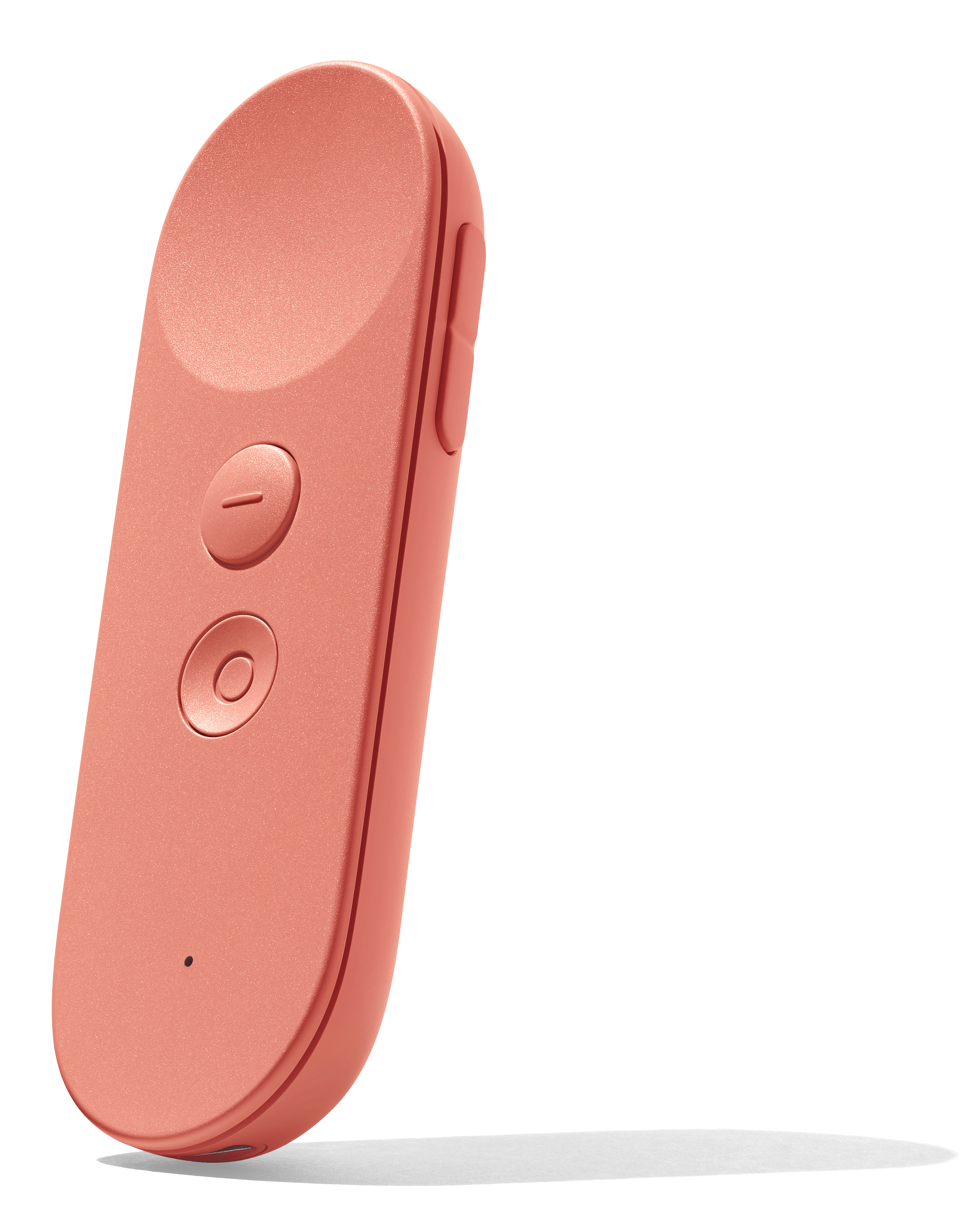AI-generated Key Takeaways
-
The Daydream controller provides a standardized input model for all Daydream apps, utilizing a 3DoF user interface for intuitive and expressive interactions.
-
Developers can leverage the controller's functionalities for various use cases, such as pointing, gesturing, and movement within virtual environments.
-
Notable controller features include a customizable touchpad and app button, alongside essential functions like a Daydream button for system navigation and volume control.
-
Users can interact with 2D UI elements, simulate physical actions, and navigate virtual spaces using the Daydream controller's diverse input capabilities.
The Daydream controller combines a simple, intuitive user interface with 3DoF functionality for expressive design. All Daydream apps require the Daydream controller so as a developer you can design experiences for a standardized input model.

Some common ways the Daydream controller can be used are:
- Ray-pointer: Interacting with 2D UI in worldspace. For example, choosing files from a 2D file-selector in a media app or selecting icons from a 2D in-app inventory screen.
- Gesture-based input: Using the controller as a proxy for a physical motion, such as throwing a frisbee or swinging a baseball bat.
- Movement: Using the controller to allow the user to move around the environment, for example, through the use of teleportation.
Features
The Daydream Controller includes the following features:
| Controller feature | Description |
|---|---|
| 3DoF tracking | See the degrees of freedom page. |
| Touchpad |
|
| App button |
|
| Daydream button |
|
| Volume buttons |
|
| Status light | Displays controller status. |
| Wrist-strap holes | Can be used to attach the provided wrist-strap. |